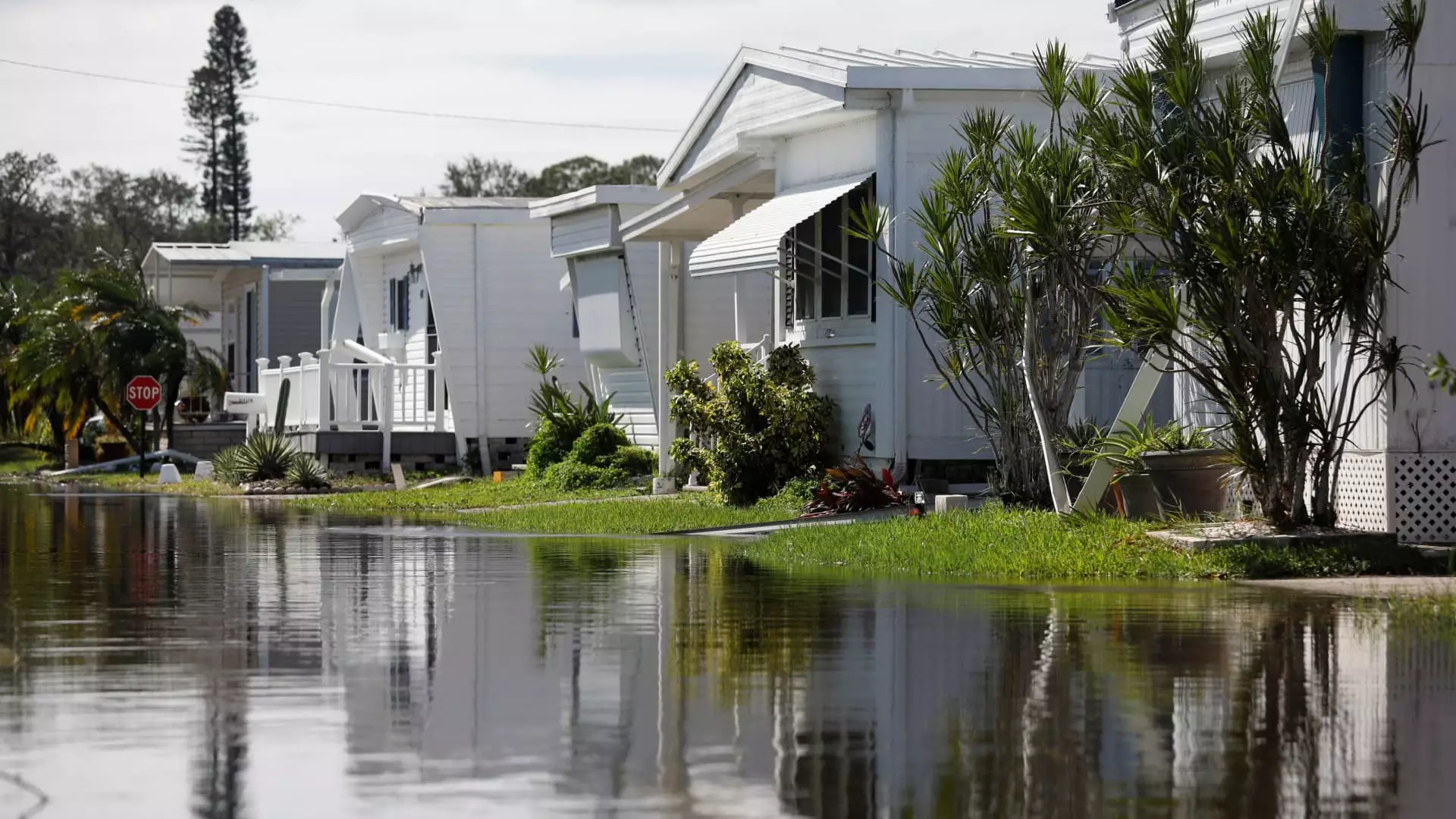Natural disasters can strike with little warning, leaving homes damaged or uninhabitable. In such distressing circumstances, homeowners and renters often turn to insurance policies for relief. The concept of “loss of use” or “additional living expenses” coverage can provide crucial support, but understanding the nuances of this provision is essential for ensuring that you can maintain a semblance of normalcy in the aftermath of a calamity.
Recent estimates highlight the substantial financial toll that natural disasters can impose. For example, Hurricane Helene’s insured damages are projected to reach $17.5 billion, while Hurricane Milton could result in losses ranging from $30 billion to $60 billion. These figures, reported by CoreLogic and Morningstar DBRS, illustrate the scale of destruction and underscore the need for effective insurance coverage. They also serve as a stark reminder of the unpredictability of natural disasters and their capacity to upend lives.
In this context, homeowners should recognize that their insurance policies may include provisions that help cover living expenses if their homes become temporarily uninhabitable. However, awareness of these benefits is not ubiquitous among policyholders, leading to potential shortfalls in support during critical times.
Loss of use coverage is a vital component of most homeowners’ insurance policies, typically equating to about 20% of the total dwelling coverage. If your home is rendered uninhabitable due to a covered peril such as severe storms, fires, or plumbing disasters, this provision can assist in offsetting additional living expenses. Examples of eligible expenses include costs for temporary lodging, meals, and even pet boarding.
For clarity, consider a scenario where a house is insured for $100,000. If the property becomes unliveable, the policyholder may have access to approximately $20,000 for loss of use benefits, facilitating temporary accommodations and food while building repairs are underway. It’s important to note that renters and condo insurance usually provide a similar level of coverage, tailored to the personal property protected under those policies.
When faced with the agonizing task of dealing with the aftermath of a disaster, knowing how to initiate a claim on your insurance coverage is crucial. According to experts, contacting your insurance provider promptly after an incident is recommended to inquire about loss of use coverage, ensuring the claim process is initiated swiftly.
Immediate communication with your insurer can be advantageous. Experienced agents can expedite the claims process and potentially provide early financial relief, which can be critical during times of upheaval. As Shannon Martin, an analyst at Bankrate.com, emphasizes, it’s vital to highlight the urgency of the situation, especially when alternative housing options need to be secured swiftly.
Limitations of Coverage
While loss of use coverage can be life-saving in emergencies, it’s imperative for policyholders to recognize its limitations. This coverage is not intended as a long-term solution; in many cases, the amount of money provided is insufficient for extended stays away from home. Jeremy Porter from the First Street Foundation highlights the unfortunate reality that after a disaster, housing market dynamics can shift rapidly—leading to escalated rental and hotel prices, compounded by reduced availability.
Moreover, specific restrictions may apply to loss of use claims, including caps on expenses and defined time limits for claiming benefits. Therefore, understanding your individual policy’s stipulations before a disaster strikes can mean the difference between feeling adequately covered or facing financial strain when evacuating your home.
In disaster situations, it’s also worth noting that homeowners and renters can explore additional avenues for assistance. The Federal Emergency Management Agency (FEMA) provides support to individuals affected by declared disasters, which can augment the benefits provided through private insurance policies. Coordination between these resources can optimize recovery efforts, allowing families to regain stability more efficiently.
Navigating the aftermath of a natural disaster requires a detailed understanding of available resources, particularly in terms of insurance coverage. By familiarizing oneself with the intricacies of loss of use provisions and leveraging multiple support systems, homeowners and renters can better prepare for the unpredictable challenges posed by such catastrophic events.

Leave a Reply